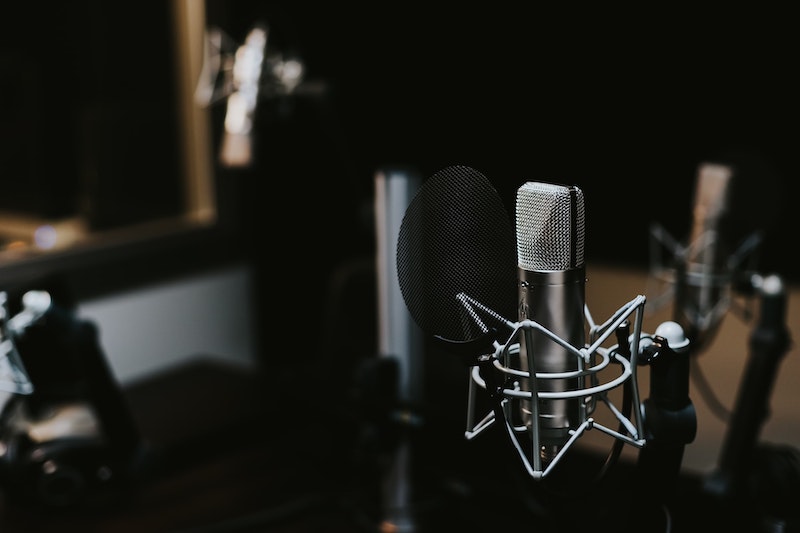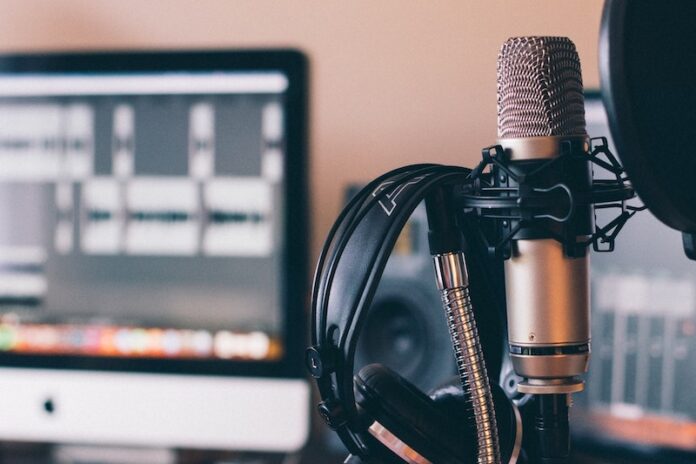Want to make your dreams of being a singer-songwriter a reality? If that’s the case, you must invest in a microphone.After you have written a song you believe to be finished, the next step is to record.
Why Invest in a Microphone?
You might be asking why “why invest in a microphone? Can’t I just use the microphone on a laptop or phone?”These are good enough for recording demos or samples if you want to save your progress in writing the song. However, if you aim to record a solid final product, you will need microphones designed for this job. Microphones are created to deliver your ideas into the digital audio workstation for you to piece them together into a finished product.
Now you can’t just buy any microphone. You also have to buy one of high quality.Microphones capture the sound of your recording. So the quality of the microphone will affect how the sound captured will turn out. Poor-quality microphones will result in poor-quality recordings.
Just as you want to bring your A-game in writing that song, you want the same thing to happen in your recording session. Click here to see two examples of high quality microphones.
What to Look for in a Microphone
So what defines “high quality?”
Here are some characteristics you want to look out for to better know what defines good quality.
Impedance
Audio signals have both positive and negative voltages. This makes them AC voltages. Simply put, microphone impedance is the resistance of AC in audio signal voltages, which helps maintain the flow of the audio signal. Think of it like a bridge that guides the signal from the mic to the laptop. High-quality microphones have low impedance (usually less than 200 ohms). This is optimal for balanced signal travel.
Many microphone cables are long, so low impedances make it possible for the signal to travel without losing sound quality.
Polar Response
The Polar response is the microphone’s directional sensitivity, or how well it can pick up signals from different directions. There are three different polar patterns found in microphones.
Unidirectional
Unidirectional polar patterns mean that the microphone is most sensitive in one direction. All other directions that aren’t facing the microphone will not be picked up.
Bidirectional
Bidirectional polar patterns pick up signals from two directions, the front and the back. All signals from the sides will not be picked up. Ribbon microphones are known for being bidirectional.
Omnidirectional
Omnidirectional picks up signals in all directions. Each type of polar pattern works well for different uses. For instance, having a cardioid pattern is good for isolated recordings like vocal takes wherein you want to capture the voice only. Bidirectional and omnidirectional patterns are good for recording surround sounds. This is handy if you want the recording to have an atmospheric feeling.
Frequency Response
Frequency response refers to how much frequency gets picked up. The frequency it picks up depends on its range. The range shows the lowest frequency the microphone can replicate up until the highest. Different microphones have different ranges. You will have to consider this when buying a microphone.
If you plan on recording vocals, a microphone that picks up 80Hz to 15kHz is the ideal choice. Staying within this range is perfect, even if you plan to record other sounds and instruments. So long as the microphone responds, then you will have no trouble getting those high-quality recordings.
Connectivity
This might be something overlooked, but it is still important nonetheless. Microphones connect to a preamp via an XLR cable or USB. These are the two most common options.
Regardless of what you choose, they must be able to connect seamlessly. The connection shouldn’t be loose, or it will affect the quality of the recording. A good microphone will have smooth and seamless connectivity with your interface. While this also depends on the interface and cables’ quality, the same can be said about the microphone.
Benefits of High Quality
Now that we know the qualities a microphone needs, you might ask which type of microphone should I go for? There are many microphones with different qualities, so which is the best one?
A safe choice when it comes to music production would be the condenser microphone.

Why A Condenser Microphone is Right For Recording Studios
As mentioned earlier, it will depend on what kind of use you need. In the context of music production, condenser microphones are used quite often in both professional and home recording studios.
Compared to dynamic microphones, condenser microphones are more sensitive. This is beneficial in a recording setting where you want to capture the nuances of a take. Unlike ribbon microphones, condenser microphones are unidirectional or cardioid. This is great for recording vocals as they will only pick up sounds pointed in one direction. Another thing that a condenser microphone has is a larger frequency range. Certain microphones have peaks in the mid ranges, which is ideal for recording vocals.
The thing that you will have to keep in mind is to treat the room. Since condenser microphones are more powerful than dynamic microphones, they will pick up everything being heard in the direction you point. This can include unwanted noise like fan noises, cars, and rain. This is something to remember when going for a condenser microphone.
Cases Where Other Microphones Are More Suitable
Dynamic microphones are recommended for recording loud areas or sounds.
Examples of these are a live setting or an untreated room. A condenser microphone would be bad for these settings since they will capture everything. To compensate, a dynamic microphone will perform much better than a condenser microphone. These are also the recommended mics to use for guitarists, especially if you’re using an electric guitar. If you are recording orchestral music, it will be best to use a ribbon microphone or a microphone with an omnidirectional polar pattern.
This will help give an atmospheric feel compared to microphones with unidirectional polar patterns.
Frequently Asked Questions
What is phantom power?
You will hear this brought up when it comes to condenser microphones. Because condenser microphones need an external power source, they use phantom power to power up the microphone.
They are found in a lot of audio interfaces which are used for music production.
Can I still record vocals in an untreated room?
While it is still possible, it is not recommended. You will still have to do some level of treatment to decrease any chance of unwanted noise entering.
There are easy ways to treat your room that don’t involve expensive materials and hours of room adjustment.
What kind of microphone is best used for recording drums?
Drums are a little special when it comes to recording. Since drums reside on the lower frequencies, a dynamic microphone is not the best type for the job.
There are special microphones dedicated to recording drum kits.
Conclusion
You want to bring out the best quality when translating your song ideas into recordings. A good quality microphone will do wonders.
With the different types of microphones out there, it is vital to know what you want to achieve musically. With that in mind, you will find the right microphone to bring the best quality to your music.

